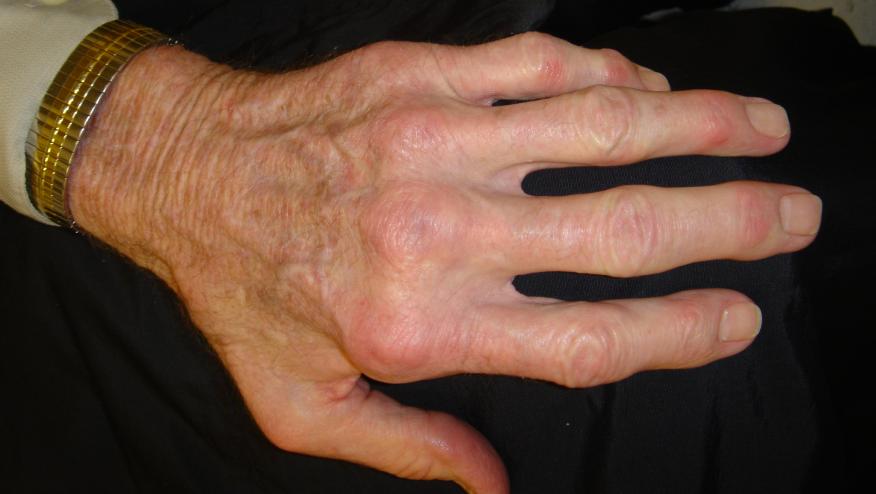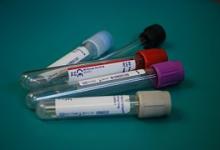Not all difficult-to-treat RA will have rapid radiographic progression Save

A study of radiographic outcomes in difficult-to-treat rheumatoid arthritis (D2T RA) and poly-refractory RA (pr-RA) show a subset in whom damage is rapid and in need of more aggressive therapy. Moreoever, designating patients as having ultrasound-based persistent inflammatory refractory RA (PIRRA) ir non-inflammatory refractory RA (NIRRA) may help classify those capable of rapid radiographic progression (RRP, ≥5 mSvdH units/year).
Radiographic damage was assessed using the modified Sharp/van der Heijde (mSvdH) score, defining rapid radiographic progression (RRP) as ≥5 mSvdH units/year.
Among 254 EULAR defined D2T RA patients, 114 had serial radiographs (mean follow-up 9 years) with mean annual mSvdH progression was 2.8 units. Greater annual radiographic progression was seen with in PIRRA patients (n = 43)(3.3 in PIRRA vs 2.4 units in NIRRA, p= 0.025).
Independent association with RRP see with older age (p= 0.017) and swollen joint count (p= 0.009).
RRP was observed in 50% of pr-RA patients (n = 14) vs 19.4% in other D2T RA cases (p= 0.048).
Half of the polyrefractory RA patients demonstrated RRP, emphasizing the need for more aggressive treatment. Yet most D2T-RA very slow radiographic progression indicating (partially treated). There is significant heterogeneity within D2T RA population.










If you are a health practitioner, you may Login/Register to comment.
Due to the nature of these comment forums, only health practitioners are allowed to comment at this time.